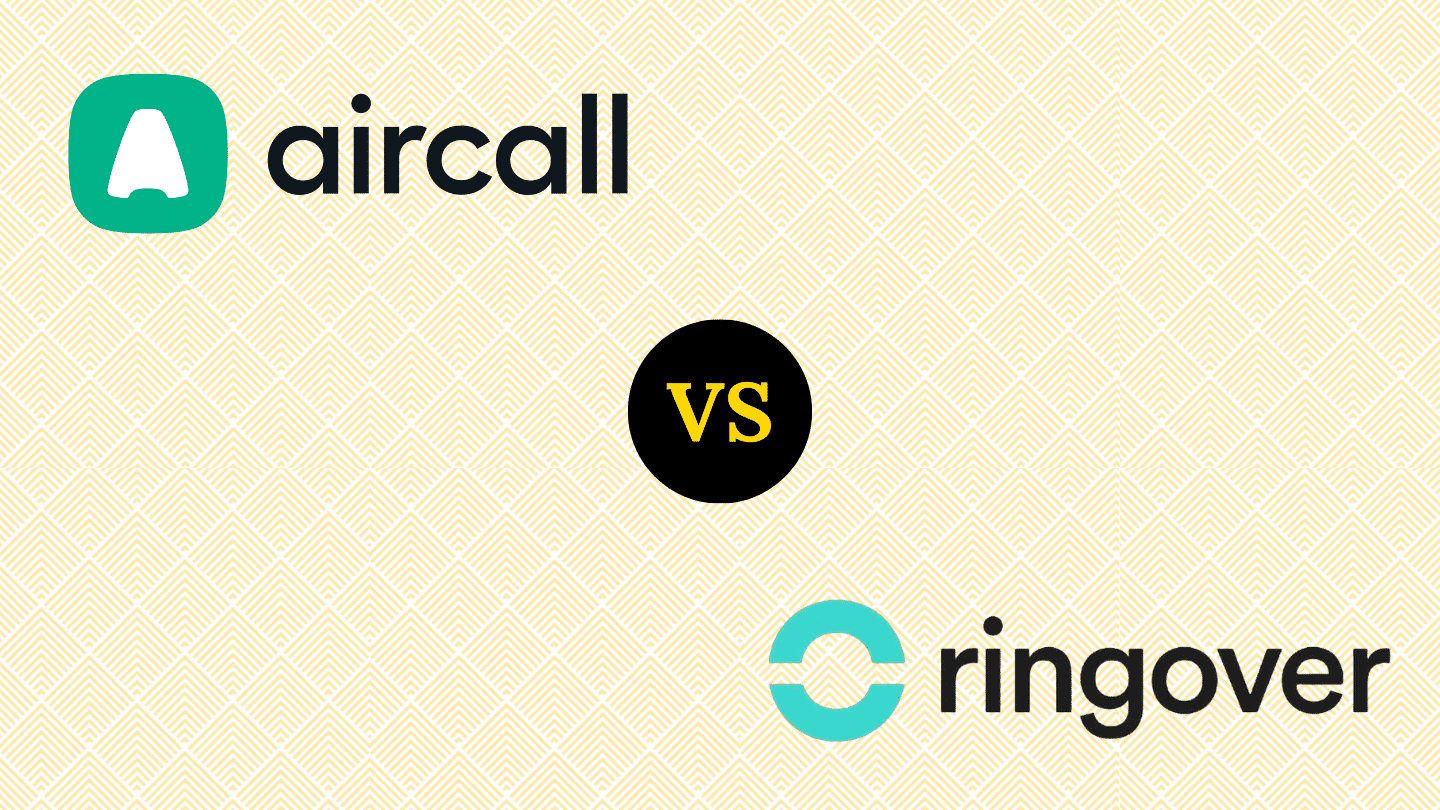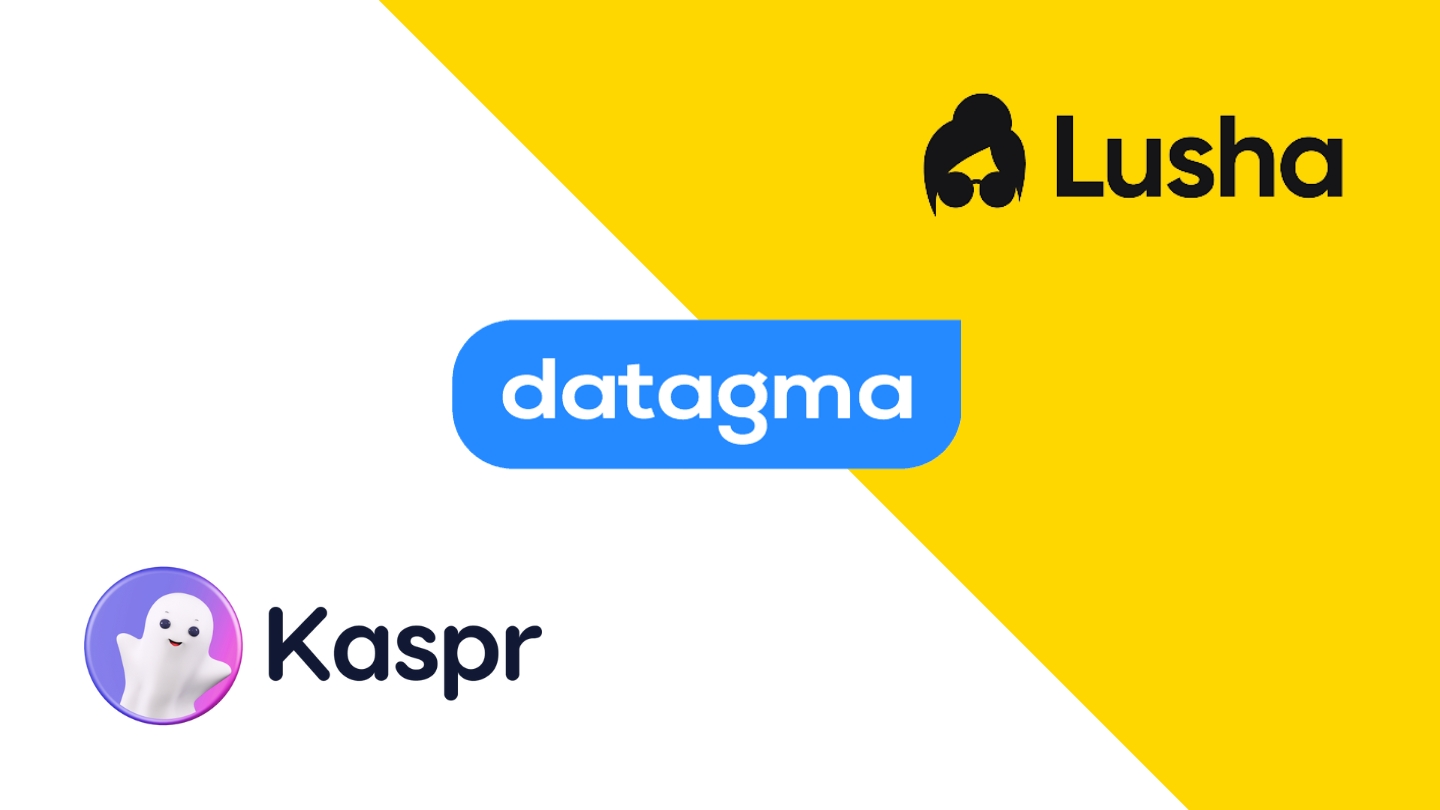The discovery call is the first call between your sales team and a prospect. Its purpose is firstly to qualify the prospect, but also to obtain a maximum amount of information for the rest of the sales process. How do you prepare this first contact between your sales team and your prospect? What questions should you ask in order to make your discovery calls a success?
The discovery call is therefore one of the most important parts of your entire sales process. This call can decide whether the customer will buy your solution or not, and at what price.
In this article, we offer you 6 steps to successful discovery calls.
Sommaire
#1 Preparing for the call
You implement a lot ofinbound marketing processes and strategies to generate leads and get those first phone contacts. You can’t afford to be sloppy in preparing for these calls. To do this, it is essential to do thorough research before the call on the company and the caller to understand what is at stake for your potential customer and whether or not the person you will be calling has decision-making power.
To do this, your sales team should consider the following questions:
- What is the prospect’s industry and value proposition?
- What is the size of the company?
- Who has decision-making power in the company?
Your salespeople can role-play before they go on the discovery call. This will help them build confidence and memorise the points they want to cover when they are actually on the line.

#2 Qualify the prospect
The objective is to decide whether or not the customer fits your ideal profile. If they are not qualified, it is best to cut the call short quickly. Otherwise, it will cost you valuable time that you could use to close other deals.
To find out if they are your ideal match, ask the following questions:
- What will you use our solution for?
- What is your annual budget for X
- What is the procedure for X in your company?
- How much time did you spend on X?
- What is the impact of X on your business?
There should be a limit to the questions you ask. Prioritise your questions for a better understanding of your client. Follow a certain pattern. Ask questions, then wait for the answer. Follow this up with a discussion, then ask another question. A successful discovery call should not feel like an interrogation!
Once you know the answers to the above questions, match them with your typical customer profile. If they match, continue with the next steps, otherwise it is best to stop the process here.
#3 Get to the point of pain quickly
So far you have planned the strategy, done the research and qualified your lead.
Now you are talking about the real problem. Find out what the customer’s problems and suffering are. If not, you need to explore further, then point out the minor problem they have and make them realise how big it can get if you don’t solve it. You should use this stage to act as a problem solver.
At this stage, understand the customer’s behaviour, read their pain points and respond by showing that you take note of these pain points and have the answer to their problems. To be successful in your discovery calls, you need to give a human dimension to this call as you will have less opportunity to do so later, this is your opportunity to create a bond with the buyer.

#4 Stirring the pot
You have almost everything you need. You’ve discovered the pain points, you’ve already researched their business model, and on top of that the client is qualified.
Once you have discovered the weak points, talk about them. Let the buyer know that these are serious problems and that it is important to address and resolve them.
Use the questions below to intensify the buyer’s pain.
- How much income are you losing because of X?
- How does X improve Y and Z in your company?
- How many contracts would you have concluded as a result of this operation?
- What opportunities are you missing by not implementing X?
At this stage, your buyer already feels the need to use your solution.
This is the decision making stage. Beyond this stage, you can’t sell. Now let them decide what they want.
#5 Looking to the future
In this stage, you build a vision for your client. At this stage of the discovery call, you want to discuss the future and have an open conversation about the results you can bring them with your solution.
Make them understand your product/service. Share the benefits your solution will bring them. Ask the question below that talks about the values and importance of the solution.
- How much money did you save each quarter by solving problem X?
- What benefits did you gain from this solution?
- What steps do you need to take to help achieve this agreement?
One of the important discussions at this stage is the customer story. Discuss the case of a similar user you have had and how you helped them to achieve and move from X% to Y%. During this discussion, talk about the problems your other clients have had and how you managed to help them.
#6 Define next steps
Never end a conversation on a cold note. Take a minute and go over the subject you have covered in the previous steps. Summarise and check that you haven’t missed anything important, as this will be your last chance.
Ask the buyer the following questions to close the sale.
- When is the right time to get back in touch?
- How quickly can you respond?
- Is there anything else we can do to help you?
Discovery calls are important for any business. They are the first step in closing a deal. They are also the functions necessary for the ultimate success of your sales team. Bring value to the discovery call and provide a way to help the buyer. It’s possible that the buyer will cool off after the discovery call, so follow up accordingly. But if you’ve successfully completed the above steps, the buyer will be more likely to come back to you with more business if you’ve created a positive impression with them.
Please feel free to use the resources below to optimise your cold calling
- 20 tips for getting really good at cold calling
- 10 questions to qualify a prospect on the phone
- Find examples of cold calling scripts






